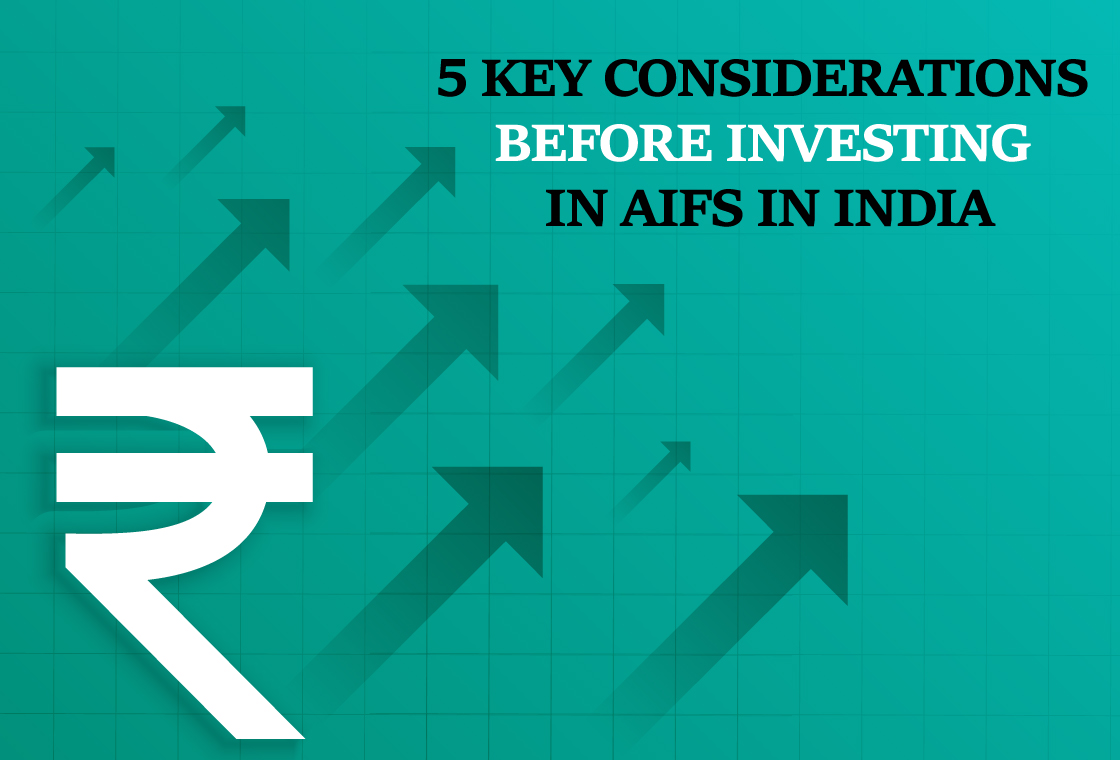Companies with a market capitalization of less than Rs. 500 Crore are categorized as small-cap companies. Over 95% of Indian companies are considered small-caps. This type of company holds a rank above 251 and tends to perform during the initial phase of economic recovery and the stocks issued by such companies are termed small-cap stocks.

Small-cap stocks or small-cap equity are stocks of small-cap companies that are publicly traded on a stock exchange. Investors, who want to generate higher returns from their investments, will ?nd small-cap stocks a suitable option for them. Additionally, individuals who have a high-risk tolerance level and can bear exposure to market risks may consider this investment option.
These stocks are volatile in nature and are prone to market risks when the market is going through a low phase. However, investors can cushion the risk factor associated with small-cap stocks by adding market-friendly investments to their portfolios.
However, we have seen that many myths surround small-cap companies, especially when it comes to investing in them. So what are these myths concerning the performance of small-cap companies and what do investors think about small-cap companies in terms of risk and reward? Let’s understand these through Mr. Arpit Shah, Co-Founder and Joint MD, Care Portfolio Managers
We have more than 5000 in the listed space, however, only 10 percent of the companies are with around 10000 crores of market capitalization, that is the top 250 companies that fall under this and the size of the number of companies is significantly lower. However, when it comes to investment opportunities, you have 90% of the opportunities available beyond these 250 companies.
But why do investors not look beyond these 250 companies? According to MR. Arpit Shah, “There are two major reasons why, one of the reasons is funds are not available because most investors have more exposure to the large-cap and mid-cap companies, therefore, funds available for small-cap companies are less small. Second, there are some myths concerning investing in small-cap companies”.
The Blue Ocean Strategy proposes that instead of fighting for a share in the highly competitive but shrinking market, feast on the unexplored new segments, thereby making the competition irrelevant. Since market boundaries are not defined, they can be reconstructed by new ideas of the industry players.
When we say it’s the blue ocean strategy, guess what the traditional market is called. Yes, the red ocean. It is full of existing market players, and you have to fight tooth and nail to survive the competition. The red ocean focuses on exploiting existing demand and making the value-cost trade-off.
The Blue ocean strategy separates a big ocean into two oceans - one is the red ocean, and the other is a blue ocean. In the red ocean industry, boundaries are defined and accepted in the top 250 companies, where the majority of the investors are aware of the sectors, weightage, and the competitive rules of the game are also known. Investors are fine with 100 and 200 basis points of difference in the performance of sectors.
However blue ocean is described as an analogy to describe the wider deeper potential to be found in unexplored market space. According to Mr. Arpit Shah, “A blue ocean is wide, deep, and powerful in terms of profitable growth but there is a fix in the market in the market when you go beyond 250 companies. Investors need to have the kind of skill set, and temperament which will help them seethrough these small-cap companies”.
What has been the growth in the small-cap and large-cap segments during the last ten years? So if you look at this firm, we took the top thousand companies measured by market cap in the previous ten years, and 21 companies in the bigger basket have given more than 10 times returns and their market price has also moved 10 times.
In ten years, only 9% of companies have given more than ten times written, but if we look at negative returns, they are more or less similar, so in both the segments, there are 26% of companies who have given negative returns or are in losses, and at the same time there are around 21% of companies who gave negative returns.
But you have to keep in mind that this is a wider basket we are selecting from 250 companies nine and while in 750 companies, we are selecting only 20. So bigger basket but bigger opportunities. Although small-cap stocks are considered riskier investments than large-cap stocks, enough small-cap stocks are offering excellent growth potential and high potential returns on equity (ROE) to warrant their inclusion in the holdings of all but the most conservative investors.
Actively managed small-cap funds can outperform other segments of the market, especially during phases of economic recovery or growth. Historically too, the smallcap funds have managed to outperform other segments and generated alpha over the long term.
Smallcap funds, especially the actively-managed ones, have managed to outperform their benchmark indices. Actively managed funds have been more stable during volatile market conditions when compared with the smallcap index. Also, these small-cap companies have the potential to become large-cap or mid-cap companies in the future. So, in the coming periods, it is only natural that you make them a part of your portfolio if you have a reasonable risk appetite.
As far as myths are concerned, the first myth is that small caps are not managed properly and there are some inherent problems. This may be partly true but today we are much more protected nowadays and small-cap companies are much more regulated. Secondly, there is a myth that all small-cap companies are punter stocks, stocks that are traded to make quick profits. However, small-cap companies’ stocks are not punter stocks
Another myth is that small-cap means small business. However, according to data 51 percent of the small-cap companies have more than a thousand crores of the revenue. 40% of small-cap companies have more than 100 crores of cash surplus, and 82% of small-cap companies have a debt-equity ratio of less than 1. So, small-cap companies are not small businesses and they have a significant market share.
In short, the primary advantage of investing in individual small-cap stocks is the significant upside growth potential that is unmatched by larger companies. Small-cap value index funds also offer a way for passive investors to boost returns.
This blog is based on a very informative webinar presented by Mr. Arpit Shah, Co-Founder & Jt MD, of Care Portfolio Managers. He covered all the above-mentioned insights and answered some questions from the audience towards the end of the session. Watch the recording of this insightful session through the appended link below:
Get access to rich data and analytics of PMS & AIF by subscribing to us. Join the 37000+ investors & experts now: https://pmsbazaar.com/Home/Login
Recent Blogs

Long-Only AIFs Rebound Sharply in October; Long-Short Strategies Lag Despite Lower Volatility
106 long-only AIFs averaged 3.68% vs 32 long-short AIFs at 2.7%; only 24–31% of funds beat key indices

Markets log strongest monthly gains in 7 months; PMS performance turns near-uniform in October
Nifty 50 TRI gained 4.62%, BSE 500 TRI rose 4.27%; 415 of 427 equity PMSes ended positive

How SMEs are Shaping India’s Investment Landscape?
PMS Bazaar recently organized a webinar titled “How SMEs are Shaping India’s Investment Landscape?” which featured Mr. Shrikant Goyal, Fund Manager, GetFive Opportunity Fund.

Stable Income from Indian REITs and InvITs
PMS Bazaar recently organized a webinar titled “Stable Income from Indian REITs and InvITs,” which featured Mr. Rahul Jain, Head of Public Markets, Alt.

5 Key Considerations Before Investing in AIFs in India
Alternative Investment Funds (AIFs) have emerged as a compelling option for sophisticated investors seeking diversification and potentially superior returns. But venturing into AIFs requires a clear understanding of their unique characteristics that go beyond simply knowing what they are and their categories.

How AIF can help in diversification?
Traditionally, Indian investors have relied on a mix of stocks and bonds to build their wealth. While this approach offers diversification, it can still leave your portfolio vulnerable to market fluctuations. Enter Alternative Investment Funds (AIFs), a dynamic asset class gaining traction for its ability to unlock diversification beyond the realm of conventional options.

Long-Short AIFs Outperform Again Even as Markets Rebound in September
104 long-only funds shows an average monthly gain of just 0.37 per cent, while long-short AIF category averaged 0.94 per cent

Resilience returns as markets rebound in September; Multi-asset PMSes lead pack
Over 63% of equity PMSes ended September in green; nearly two-thirds outperformed key benchmarks.

